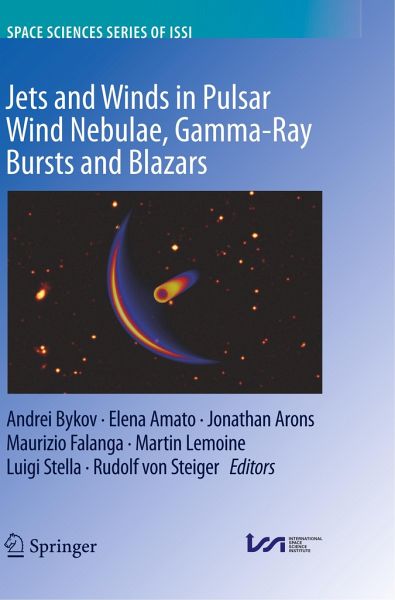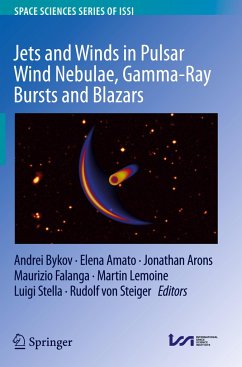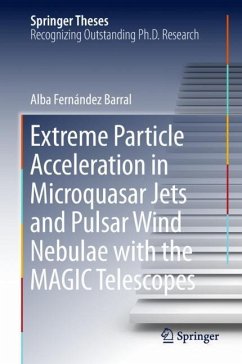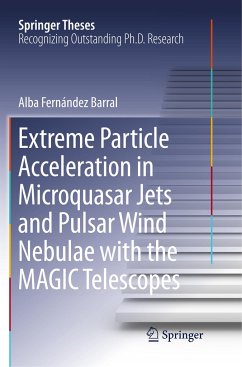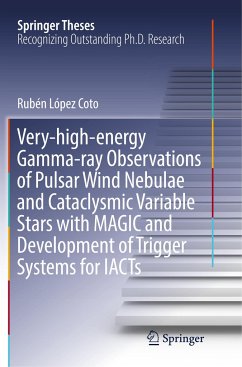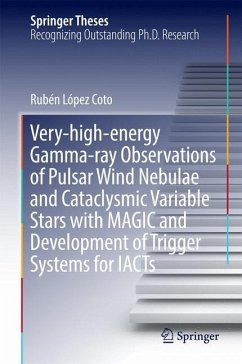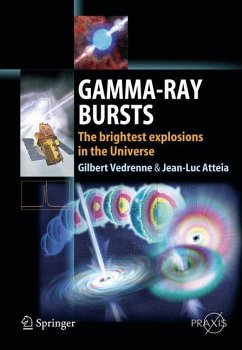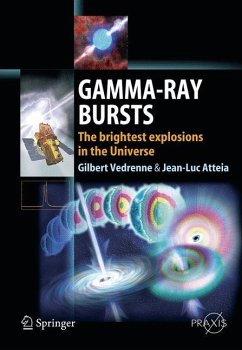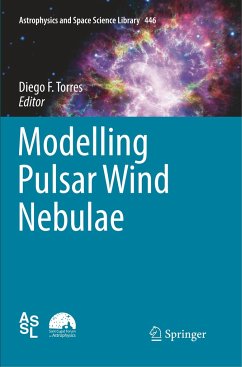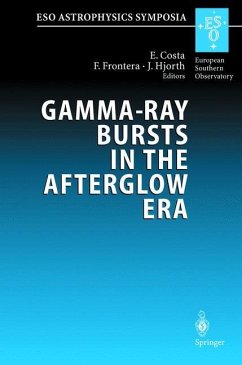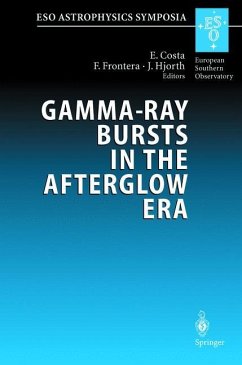Andrei Bykov is head of High Energy Astrophysics Division in the Ioffe Institute of Physics and Technology, Russian Academy of Sciences and professor of St.Petersburg State Politechnical University. His principal research interest is theory and observations of physical processes in astrophysical objects with extreme energy release - supernovae, pulsars, gamma-ray bursts and clusters of galaxies. He is author and coauthor of over 200 scientific publications, including the book Turbulence, Current Sheets and Shocks in Cosmic Plasma,and he is editor of five books on high energy astrophysics. Elena Amato is an astrophysicist working at the Arcetri Astrophysical Observatory (Florence), which is part of the Italian National Institute for Astrophysics (INAF). Her main research interests are in the field of Theoretical High Energy Astrophysics. More specifically, she has been working on the physics of Pulsar Wind Nebulae andSupernova Remnants and the origin and propagation of Galactic Cosmic Rays. Her research has resulted in more than 60 refereed articles. Jonathan Arons is Professor Emeritus in the Astronomy Department and the Physics Department at University of California at Berkeley. His main research interests are in the field of Theoretical Astrophysics. Namely, compact astrophysical objects, pulsars, neutron stars, black holes, ionized plasmas, cosmic rays, magnetized accretion disks, magnetic fields, planets. Theory and simulation of relativistic collisionless shock wave structure is another field of interest. He is author and coauthor of over 250 scientific publications and editor of several books in his research fields. Martin Lemoine is a senior scientist at CNRS (Centre National de la Recherche Scientifique), working at the IAP (Institut d'Astrophysique de Paris) on astroparticle physics. His current primary research theme is the theory of particle acceleration to very high energies in relativistic astrophysical sources. Formerly Associate Professor at the Ecole Polytechnique, Lemoine has authored about 100 research papers and co-edited four collections of proceedings on astroparticle physics and cosmology. Maurizio Falanga received his university degree for Theoretical Physics and Astronomy at the University of Basel, Switzerland and his PhD degree in astrophysics from the University of Rome "La Sapienza," Italy. He received the venia docendi in physics from the University of Basel in 2013. His scientific background is in high-energy astrophysics (hot universe and compact objects).Since 2009 he has been the Science Program Manager at the International Space Science Institute (ISSI) in Bern, Switzerland. Between 2013 and 2016 he was appointed as the founding Executive Director of the International Space SciencesInstitute in Beijing, China. He is author and co-author of over 100 published papers and editors of several books in his research fields. Luigi Stella works at the Astronomical Observatory of Rome in a senior astronomer and full professor capacity and teaches High Energy Astrophysics at the University of Rome "La Sapienza." He was awarded the SIGRAV Price for Experimental Relativity and Observational Astrophysics in 2000. Since 2003, he has been a scientific editor of the Astrophysical Journal and the American Astronomical Society. His main scientific interests lie in relativistic astrophysics and the study of neutron stars and black holes both from the observational and theoretical points of view. He has also worked on gamma ray bursts,magnetars and gravitational waves. He has published over 380 papers in refereed journals; in 2006 he was listed among the ISI-Thompson Highly-Cited Researchers in the field of Space Sciences. Rudolf von Steiger holds an MSc in theoretical physics (1984), a PhD in experimental physics (1988), and a habilitation in extraterrestrial physics (1995) from the University of Bern. He was a co-investigator of the Solar Wind Ion Composition Experiment (SWICS) on Ulysses and an associated scientist of the AMPTE and ACE missions. Currently, he is a director at the International Space Science Institute and has an associate professorship at the University of Bern, both since 1999. He has published more than 200 scientific papers primarily on the solar atmosphere, solar wind, and their composition.
